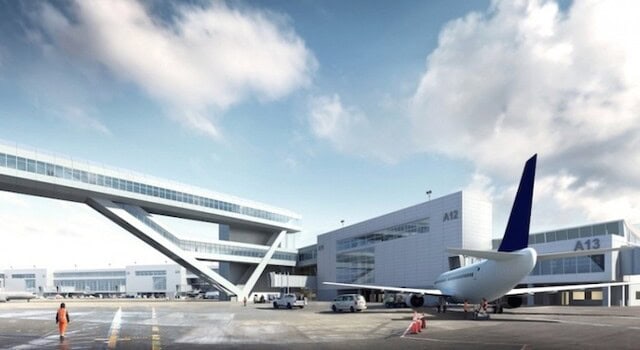
Major expansion at Seattle airport poses challenge to Vancouver
The Seattle-Tacoma International Airport’s evolution into an international hub and North American gateway is posing a challenge to the Vancouver International Airport as executives at each airport spend billions of dollars in upgrades to lure passengers and new airlines.
The Port of Seattle is spending US$3.7 billion over five years and intends to spend about US$6 billion within 10 years on its airport. The Vancouver Airport Authority, meanwhile, plans to open an expanded terminal this summer — one of 75 projects over the next 20 years with a combined estimated price tag of $9.1 billion.
Known for decades primarily as a domestic hub for Alaska Airlines, SeaTac has been steadily attracting international airlines and non-stop, off-continent routes in the lead-up to its planned launch of a new US$968 million international passenger facility toward the end of 2020.
Singapore Airlines, which stopped flying out of Vancouver in 2009, launched non-stop flights between Seattle and its Southeast Asian base in September. Condor airline and Lufthansa are set to launch flights out of Seattle to Munich by mid-2020 while Cathay Pacific is readying the launch of non-stop flights between Seattle and Hong Kong in March.
Seattle now has 21 international destinations outside Canada and the U.S. That’s fewer than half of the 45 such destinations that have non-stop flights to YVR, but SEA aspires to catch up.
To achieve that, it plans to take advantage of passenger numbers that last year were estimated at 51.5 million, or about double YVR’s roughly 26 million passengers last year.
“Seattle is a competitor, and a growing one,” said University of British Columbia adjunct professor John Korenic, who teaches a fourth-year commerce course on aviation management at the university’s Sauder School of Business.
He pointed to Delta Air Lines’ US$2.6-billion merger with Northwest Airlines in 2008 as a seminal moment that put SEA on the path to becoming an internationally focused airport.
Delta was largely a domestic U.S. airline until that acquisition, while Northwest had some flights to Asia. After the global economic crisis, the combined entity started to make Seattle a regional hub, Korenic explained.
Port of Seattle data shows Delta flew to 13 destinations out of Seattle in 2012. It now flies to 60 locations, many of them outside North America. One route Delta added in 2019, for example, was between Seattle and Osaka.
Alaska Airlines remains SeaTac’s largest carrier with 91 destinations — up from 71 in 2012.
“The advantage Seattle has over Vancouver, in terms of the local market, would be that it is much more of a business centre,” Korenic said.
“You’ve got a lot of head offices there. We in Vancouver are not at the same level as having Microsoft and Boeing and all those companies out of Seattle. That’s what airlines look for — high-fare traffic. That’s where Seattle really has an advantage.”
Seattle’s new international passenger facility is expected to reduce connection times to 75 minutes from 90 minutes, and the airport is separately spending US$445 million to further improve its baggage handling capacity. YVR has also spent substantial sums to improve baggage handling and establish similar minimum connection times for airlines.
Representatives at both airports say they are in talks with airlines about possible future routes but none would go into details.


